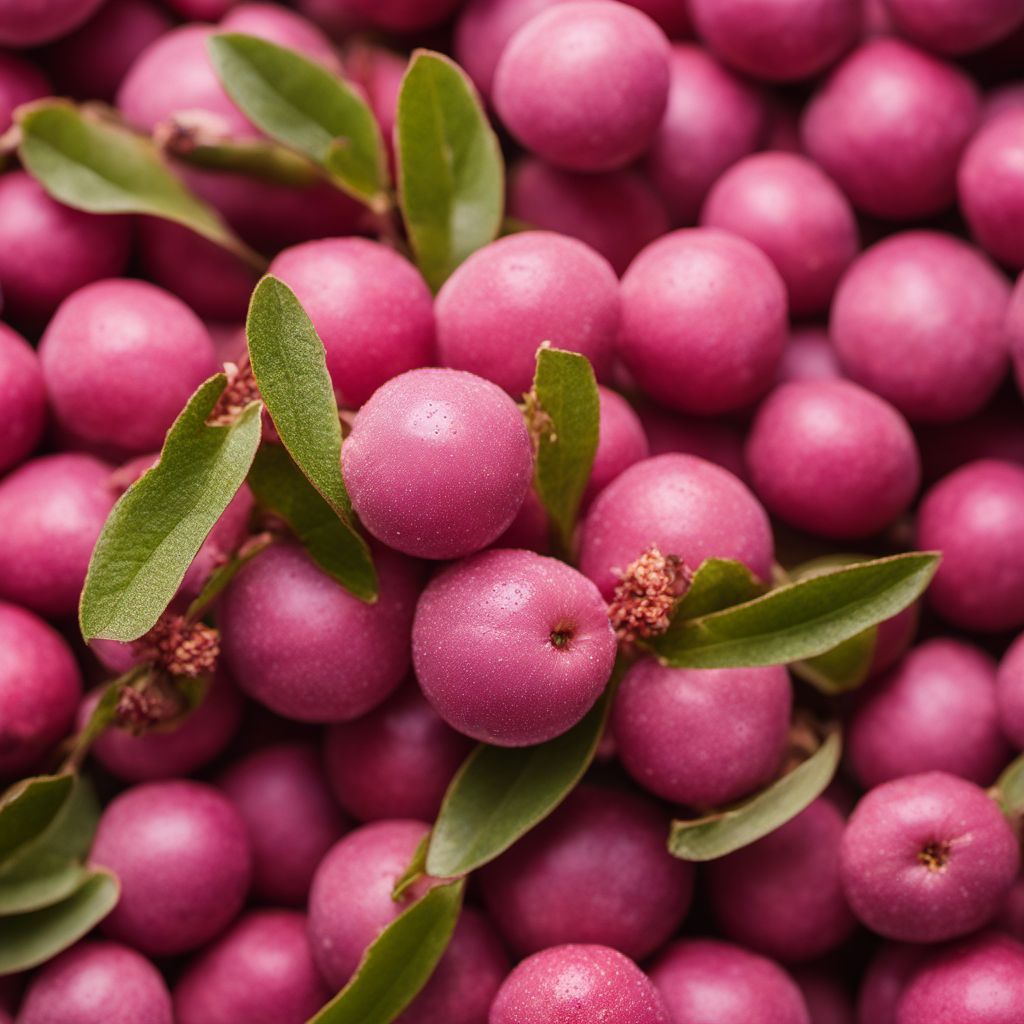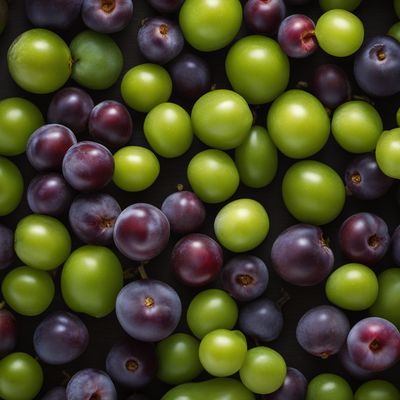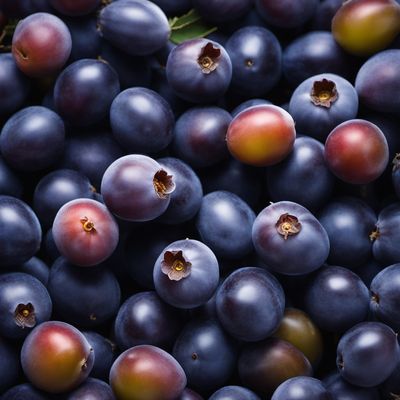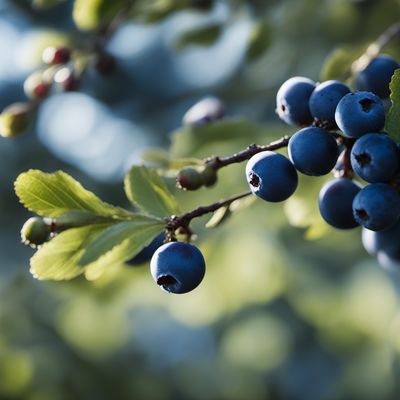
Ingredient
Chickasaw plums
The Sweet Gems of the South
Chickasaw plums are small, round fruits with a smooth skin that ranges in color from deep purple to red. They have a juicy, golden flesh that is both sweet and tart, with a slightly floral aroma. The plums are typically small in size, about the size of a cherry, and have a small pit in the center. They are often enjoyed fresh or used in jams, jellies, pies, and other desserts.
Origins and history
Chickasaw plums have a long history in Native American cultures, particularly among the Chickasaw people, who used the fruit for both culinary and medicinal purposes. The plums were traditionally harvested in the wild and were an important food source for many tribes. Today, they are still found growing in the wild but are also cultivated in orchards and home gardens. The plums are primarily grown in the southeastern United States, where they thrive in the warm, humid climate.
Nutritional information
Chickasaw plums are low in calories and a good source of dietary fiber, vitamin C, and antioxidants. They also contain small amounts of vitamin A and potassium.
How to select
When selecting Chickasaw plums, look for fruits that are firm but slightly soft to the touch. Avoid plums that are overly soft or have blemishes or bruises. The skin should be smooth and free of wrinkles or shriveling. The color of the plum can vary from deep purple to red, depending on the variety, but it should be vibrant and uniform in color.
Storage recommendations
To store Chickasaw plums, place them in a paper bag or a shallow container and store them in the refrigerator. They can be kept for up to a week. For longer storage, the plums can be frozen. To freeze, wash and pit the plums, then spread them out on a baking sheet and freeze until firm. Transfer the frozen plums to a freezer bag or container and store in the freezer for up to 6 months.
How to produce
Chickasaw plums can be grown in home gardens or orchards. They require a sunny location with well-drained soil. The trees are relatively low-maintenance and can tolerate a range of soil types. They are typically propagated from seeds or by grafting onto rootstock. It takes about 3-4 years for the trees to start producing fruit.
Preparation tips
Chickasaw plums can be enjoyed fresh as a snack or used in a variety of culinary preparations. They are delicious when eaten on their own or added to fruit salads, yogurt, or smoothies. The plums can also be used to make jams, jellies, pies, and other desserts. Their sweet-tart flavor pairs well with both sweet and savory ingredients, making them a versatile addition to many dishes.
Availability
Southeastern United States
More ingredients from this category » Browse all

Plums
The Juicy Gems

Prunus Nadia®
The Exquisite Fusion of Sweetness and Tartness: Prunus Nadia®

Gages
The Sweet and Succulent Delight: Exploring the World of Gages

Plumcots
The Perfect Blend: Exploring the Unique Delights of Plumcots

Cherry plums
The Sweet and Tangy Delight: Exploring the World of Cherry Plums

Beach plums
The Hidden Gems of the Shoreline: Exploring the Delights of Beach Plums

Japanese plums
The Delicate Delights of Ume: Unveiling the World of Japanese Plums

Damsons
The Prized Gems of the Plum Family

Sloes
The Bitter-Sweet Berry

Mirabelles
The Golden Gems of Summer

American plums
The Sweet and Tart Delight: Exploring the World of American Plums

Chinese jujubes
The Ancient Fruit: Chinese Jujubes

